
Capturing and sharing renewable energy generation data
- About the project
- Contributors and live readings
- Latest news and resources
- Map and data visualisation
- Degree days
- Latest energy production data
- GCI
Our Electrification Journey - and Why Everyone Needs to Know Fred
I was asked to write the FRED (Flexibly Responsive Energy Delivery) trial and our electrification journey, so here goes...
It probably makes sense to explain a bit about us, Valerie & me, and to start from the beginning. We've been together 35 years and have always been eco-minded. From setting up home together in the '80s we've been keen on recycling, composting and energy efficiency etc.
In 2011 we started investigating the possibility of solar panels and, quite by luck, found that our roof was suitable. Feed In Tariff (government incentive) was still available back then so, we went ahead and installed 16 panels which have reliably produced over 3,500kWh per year ever since.
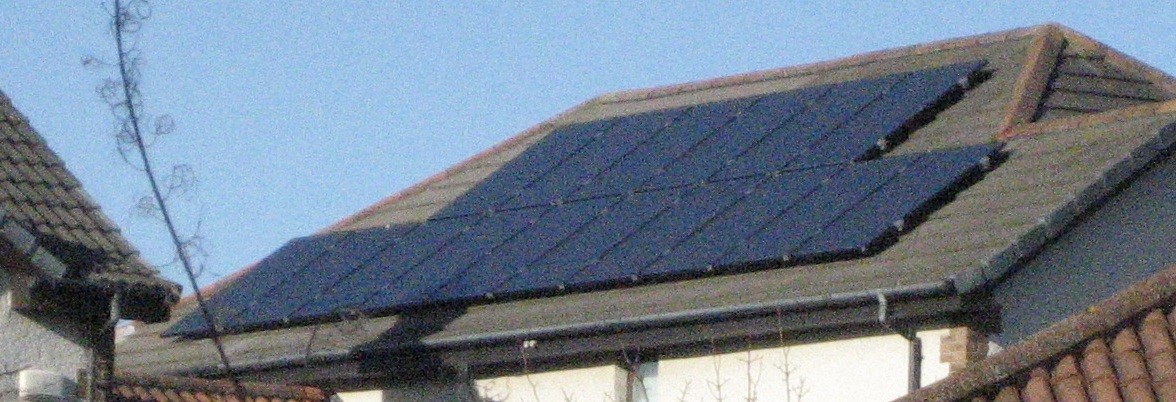
I installed an app on my phone to monitor PV production and it became clear that much of the energy we produced went back to the grid. So, in an effort to maximise use of our own production, I installed an immersion diverter called a Solamiser. This device monitors the flow of electricity in and out of the house and, if a surplus is flowing out will divert it to heat the hot water tank via the standard immersion which was already fitted. This did great service for several years and gave us 100% of our hot water for about 8 months of the year and a contribution to the cost (& saving gas) for the rest of the year.
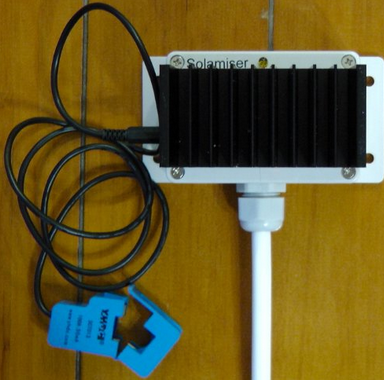
Then in 2017 we started to hear more about electric vehicles and started watching Fully Charged on YouTube to learn more. After quite a bit of research we took the plunge and took out a 2 year lease on a 30kWh Nissan Leaf. We still had an ICE (internal combustion engine) car and so felt confident we could deal with the Nissan's range of about 120 miles. We were thinking we'd do longer journeys in the ICE but found the Leaf so comfortable and economical that we actually ended up doing quite a few long journeys in the Leaf.
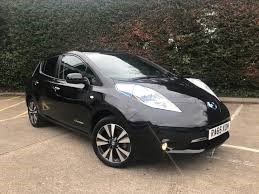
To charge the Leaf at home we had a Myenergi Zappi home charger fitted. This clever piece of kit can charge at up to 7kW (like most domestic chargers) but can also vary the charge rate depending on the surplus solar energy. So, when a cloud comes over it drops the charge rate to avoid pulling power from the grid. It comes with a great app too. Via the app I can set the time of charge to the cheapest / lowest carbon half hour periods (we're on a variable rate tariff with Octopus Energy called Agile). I was so impressed by the app and it's features that I changed the Solamiser immersion diverter to Myenergi's Eddi which does the same thing but 'better'. This was a bit of an extravagance because the Solamiser was still working perfectly but it went to a good home via eBay and is, I assume, still diverting away.
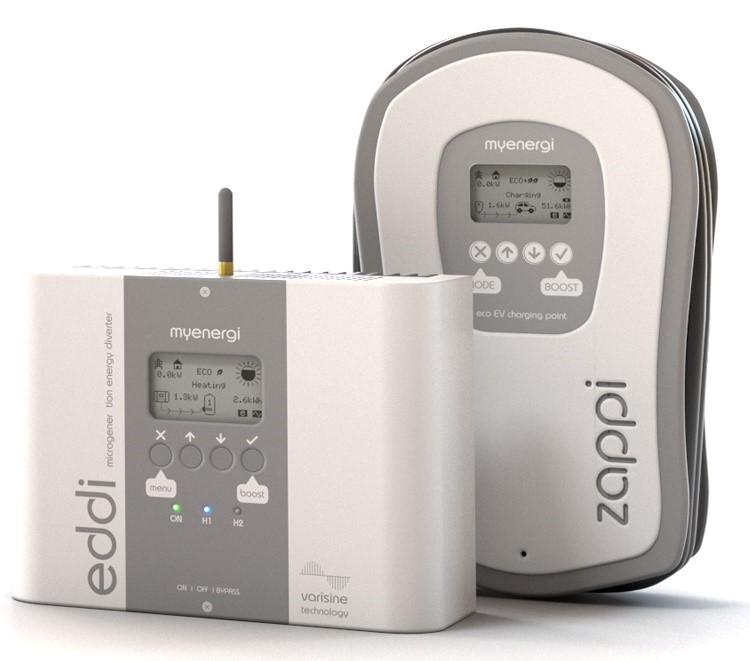
After 2 years, the experience of the Leaf & EVs in general was so good that before the lease ran out we ordered a 64kWh Hyundai Kona and got rid of both the ICE and the Leaf. So, we now have one electric car and two electric bikes. The 64kWh battery gives the Kona a range of 280-300 miles in real-world use so there is no anxiety about range.
Wanting to further reduce our carbon use, in late 2019 we had an Air Source Heat Pump fitted to replace our gas boiler. The heat pump takes heat energy from the outside air, condenses it and heats the radiators. For every 1kWh of energy used it produces around 3kWh of heat. It works very well - takes just a little longer to get the house up to heat than the old boiler but is much more efficient and, because of our solar panels and Octopus Agile tariff, actually works out quite a bit cheaper too.
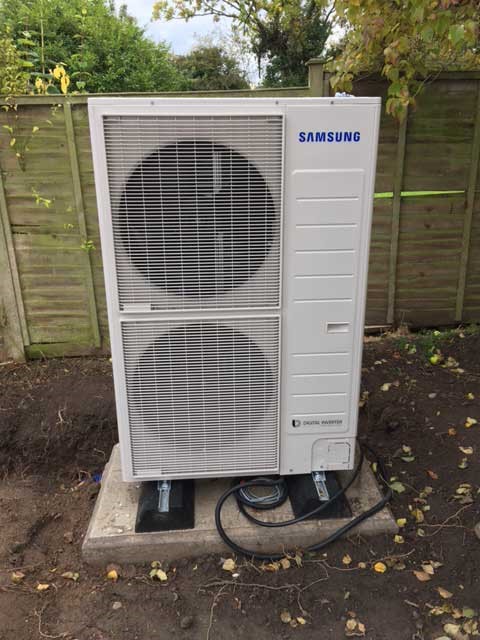
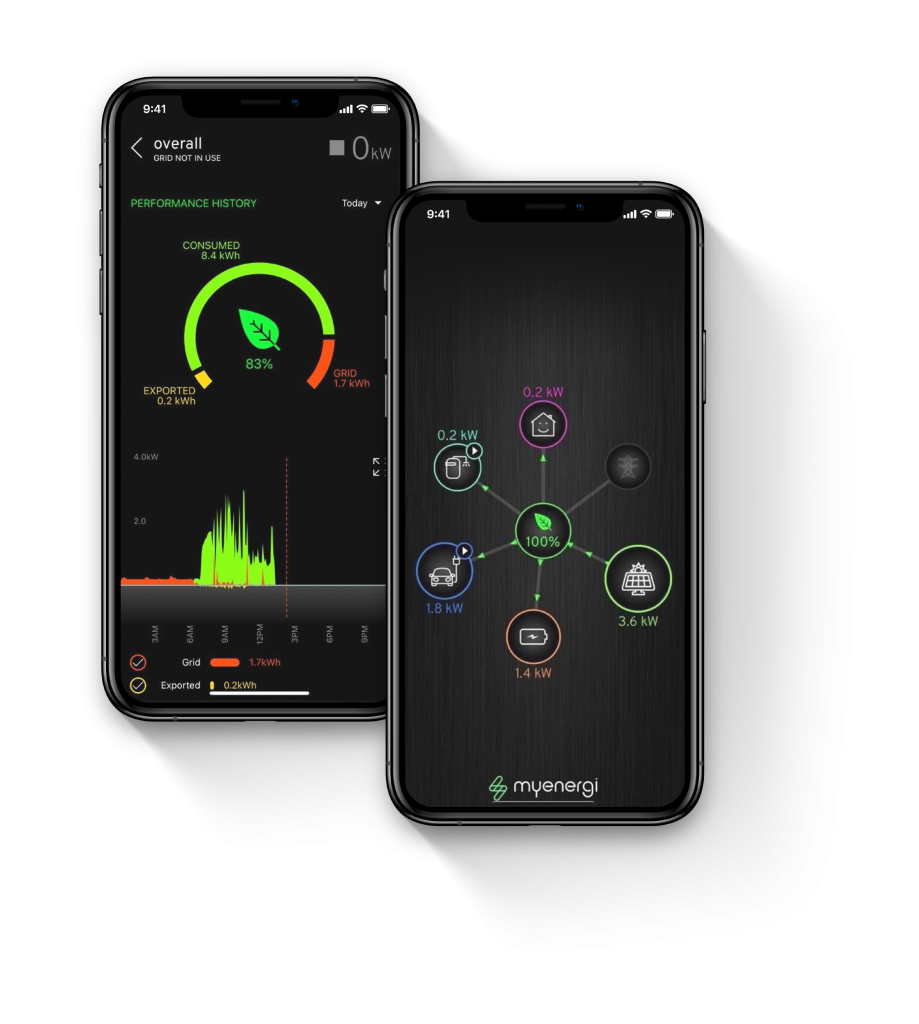
The FRED trial
So, to the FRED (Flexibly Responsive Energy Delivery) trial. As I said I've been very impressed by Myenergi and their products, so when they put the call out for volunteers for the FRED trial I readily agreed. The 'cost' of electricity has as much to do with the cost of keeping the grid balanced as it does on the cost of actually producing electricity. The grid operators are sometimes in the situation where demand is low (perhaps at night time with the temperature not too cold) and supply is high (e.g. windy) and at these times they actually have to pay producers to stop producing (e.g. stop some wind turbines from spinning). So, what Myenergi are looking at with the trial is see if they can help balance the grid at times of surplus by turning on a bunch of Eddis & Zappis to eat up that surplus green energy. My Eddi & Zappi are connected to the web and I've allowed Myenergi to take control from time to time by issuing a DSR command to fire up my devices if there is a surplus of electricity on the grid. It only happens once every couple of weeks and only for a limited time (and at a time where, by definition, Octopus Agile prices are low), so it doesn't worry me at all to give them this control for the trial. My Zappi & Eddi together can pull over 10kW, you can imagine at time when perhaps 10,000 Zappis & Eddis could be fired up at once and make a meaningful difference to the grid. If successful, I could see a time where a homeowner could be paid to provide this grid service or perhaps rewarded with a particularly beneficial tariff.
More about the FRED trial here http://thefredtrial.co.uk/about-the-trial
Next steps
The house is already pretty well insulated (EPC rating 87 B), but we aim to replace a couple of windows before the winter to further improve it further. As a lockdown diversion I've been trying to teach myself to program Node Red and Home Assistant and will use them to operate a number of home automations e.g. I already have the e-bike chargers and beer fridge turning off during the expensive, high-carbon period of 16:00-19:00.
Jeremy
